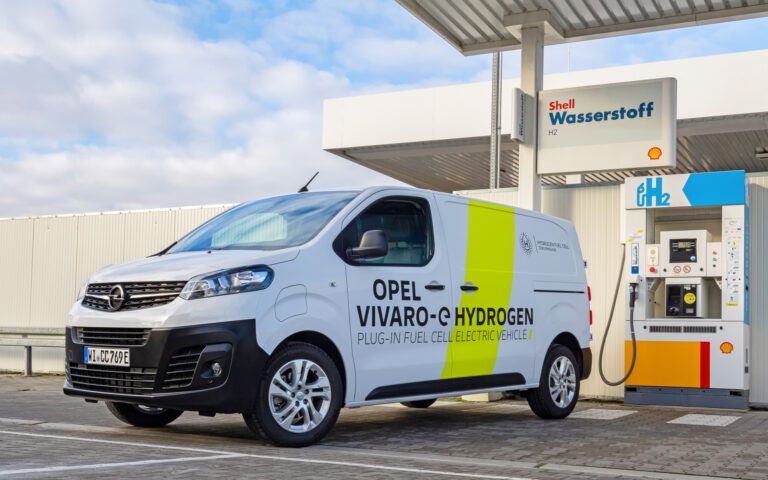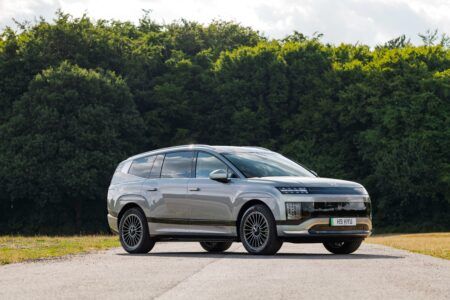Stellantis has discontinued its hydrogen fuel cell technology development program, citing limited refueling infrastructure, high capital requirements, and insufficient consumer purchasing incentives. The automotive manufacturer announced it does not expect hydrogen-powered light commercial vehicles to gain traction before the end of the decade.
The decision means Stellantis will cancel the launch of its new hydrogen-powered Pro One vehicle range, which was scheduled to begin production this summer. Manufacturing was planned to start at facilities in Hordain, France for medium-sized vans and Gliwice, Poland for large vans.
“In a context where the Company is mobilizing to respond to demanding CO2 regulations in Europe, Stellantis has decided to discontinue its hydrogen fuel cell technology development program,” said Jean-Philippe Imparato, Chief Operating Officer for Enlarged Europe. “The hydrogen market remains a niche segment, with no prospects of mid-term economic sustainability. We must make clear and responsible choices to ensure our competitiveness and meet the expectations of our customers with our electric and hybrid passenger and light commercial vehicles offensive.”
The company confirmed that staffing at production sites will remain unaffected, with research and development activities related to hydrogen technology being redirected to other projects. Stellantis has also initiated discussions with shareholders of Symbio to evaluate market consequences and preserve the company’s interests.
Stellantis currently offers a hydrogen fuel cell version of the large Vauxhall Movano in the UK, with the mid-size Vivaro van originally scheduled to launch later this year. Both vehicles are available in left-hand drive markets under the company’s Pro One van umbrella, which includes Peugeot, Citroen, Fiat and Vauxhall brands.
“It is not the right time to push hydrogen. There is no investment in incentives and infrastructure, so we are not pushing it commercially,” said Fedele Ragusa, Stellantis senior product manager, speaking to Fleet News.
The move represents part of a broader review of the company’s global decarbonization strategy, which has shifted away from the previous target of becoming 100% zero emission by 2030, a goal introduced by former CEO Carlos Tavares.
Instead, Stellantis is focusing on a multi-energy strategy combining full electric and internal combustion engines, plus “something in the middle,” according to Ragusa. This intermediate option is likely to be plug-in hybrid or range extender technology.
“We’re not ready yet, but it’s a change compared to the past,” Ragusa said. “We think that hybridisation is a good option.”
The company is prioritizing battery electric vehicle improvements, focusing on cell efficiency, lightness and energy density. Stellantis has upgraded the AC charging capabilities on its vans to 22kW as standard, matching the type of chargers fleets are installing at depots. A complete charge can now be achieved in six hours, half the time of the previous 11kW solution.





